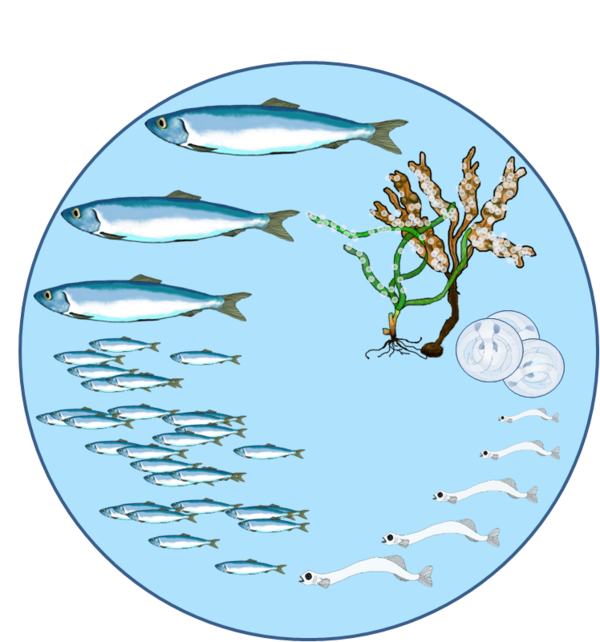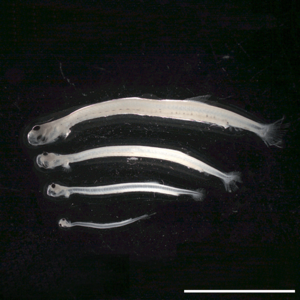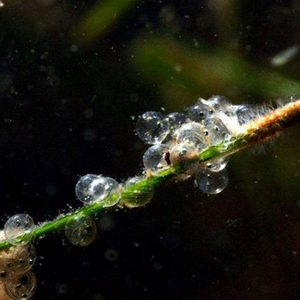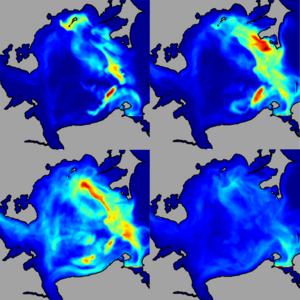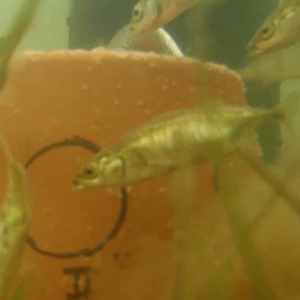Herring Reproduction Biology
Monitoring of larval herring abundance provides a reliable forecast for future population dynamics. But what causes strong or weak year classes? We possess an ecologically unique data set to investigate mechanisms structuring early life stage mortality.
Besides cod, Western Baltic herring is the major target species for the commercial fishery in the region. During the springtime, large schools of this stock leave the feeding- and overwintering areas and migrate towards their spawning grounds in the Western Baltic Sea. Shallow inshore systems, such as Greifswald bay (German: Bodden) are the major spawning areas of the stock. In these brackish systems, aquatic vegetation is an important substrate for adhesive, benthic herring eggs and the sheltered lagoon, rich in planktonic food, is a perfect nursery area for larval herring. To date we have collected a time series including more than three decades of spatially and temporally high resolution and ecologically unique data providing knowledge on the strong relation among reproduction success and stock dynamics. The monitoring data on larval production in Greifswald Bay provided by the “Rügen Herring Larvae Survey” (RHLS) is nowadays established in the ICES stock assessment procedure.
On the one hand, the aim of our herring recruitment research is to provide a solid, scientifically sound data base for a sustainable resource management. On the other hand, we aim to understand the ecological mechanisms determining successful reproduction and eventual year class strength. The basin scale of Greifswald Bay, the significant importance of the area for the entire population, the extensive time series and our analytical research are an outstanding platform to translate findings from ecological studies directly into sophisticated resource management.

![[Translate to English:] [Translate to English:]](/media/_processed_/d/7/csm_Startseite-OF_03_c0dfd6e750.png)
![[Translate to English:] [Translate to English:]](/media/_processed_/a/3/csm_20181116-151457-Stella-Jerome-Fischfalle-Warnem%C3%BCnde-Dorsche-im-Netzk%C3%A4fig-5691_heller_3050c72fa2.png)
